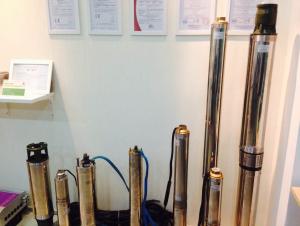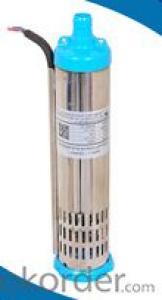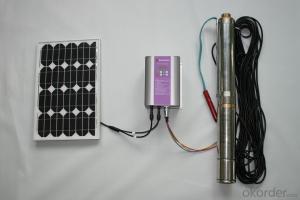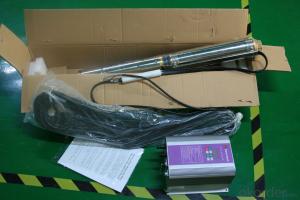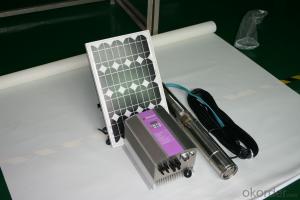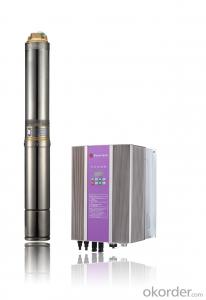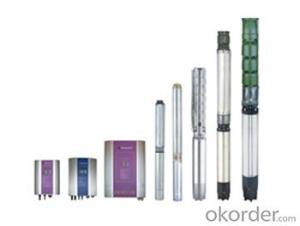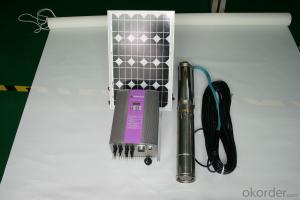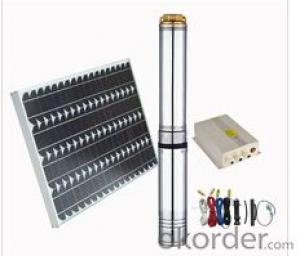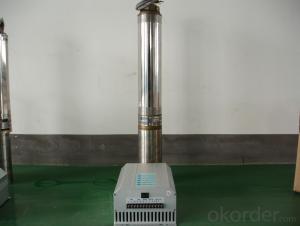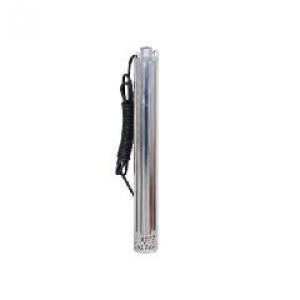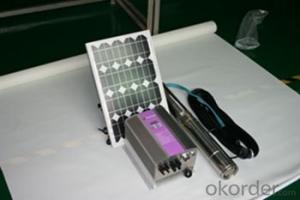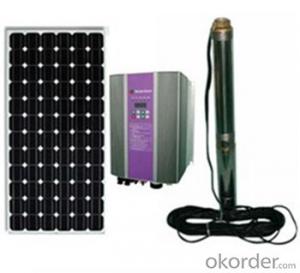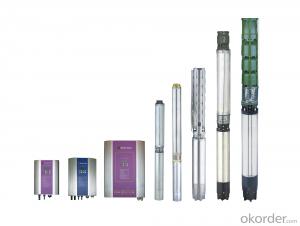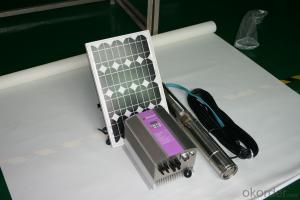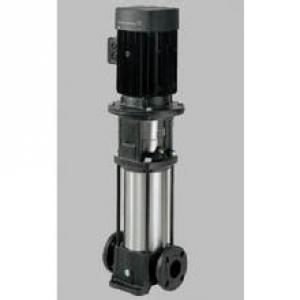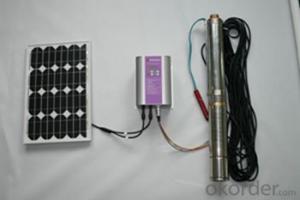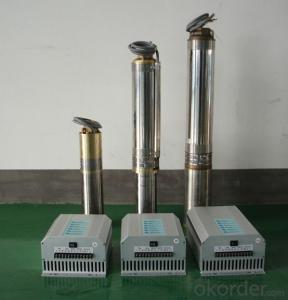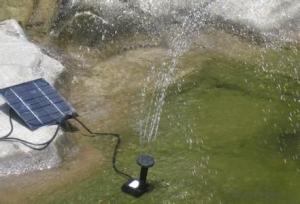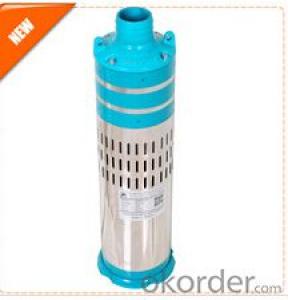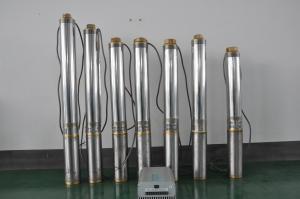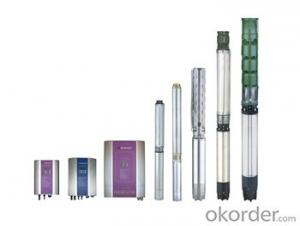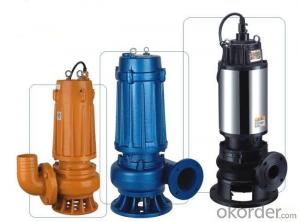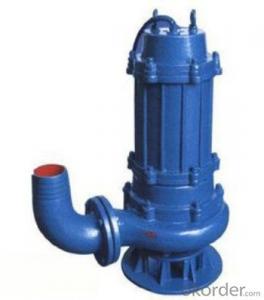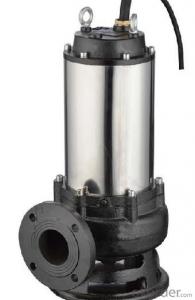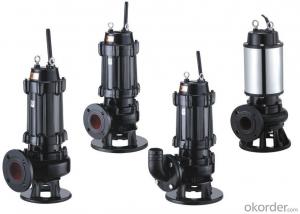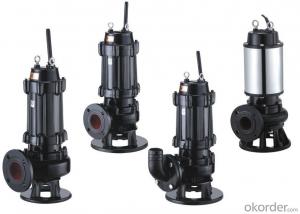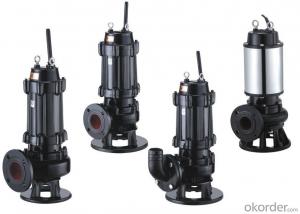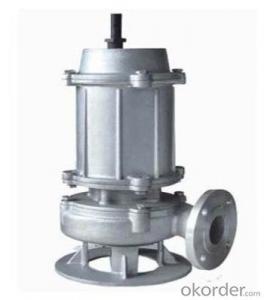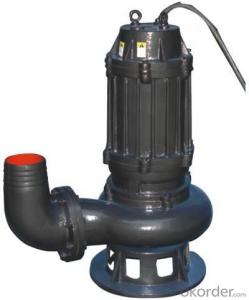Abb Solar Water Pump Inverter
Abb Solar Water Pump Inverter Related Searches
Abb Solar Pump Inverter Solar Pump Inverter Abb Abb Solar Power Inverter Abb Solar Inverter Solar Abb Inverter Abb Solar Panel Inverter Abb Hybrid Solar Inverter Ac Solar Pump Inverter Abb Solar Inverter Price Abb Solar Inverter Wifi Water Pump Solar Inverter Abb Solar Inverter App Inverter Solar Pump Solar Pump Inverter Abb Solar Inverter 100kw Fimer Abb Solar Inverter Abb 10kw Solar Inverter Inverter Pump Solar Abb 3 Phase Solar Inverter Abb Solar Inverter Business Aps Solar Inverter Abb Solar Inverter Warranty Hober Solar Pump Inverter Abb Solar Inverter Fimer Abb Uno Solar Inverter Pump Inverter Solar Abb Solar Inverter 5kw Abb 5kw Solar Inverter Solar Pump Inverter Invt Invt Solar Pump InverterAbb Solar Water Pump Inverter Supplier & Manufacturer from China
Abb Solar Water Pump Inverter is a specialized product designed to efficiently convert solar energy into electrical power, which is then used to operate water pumps. This innovative technology allows for sustainable and eco-friendly water management solutions, particularly in remote areas where access to traditional power sources may be limited. The inverter's ability to harness solar power makes it an ideal choice for agricultural irrigation, rural water supply, and other applications where water pumping is required.The Abb Solar Water Pump Inverter is widely used in various scenarios, such as agricultural fields, greenhouses, and water treatment facilities, where reliable and continuous water supply is crucial. Its application extends to both residential and commercial settings, providing a cost-effective and environmentally friendly alternative to traditional water pumping methods. By utilizing solar energy, the inverter reduces dependency on fossil fuels and lowers operational costs, making it a popular choice for those seeking sustainable solutions.
Okorder.com is a reputable wholesale supplier of the Abb Solar Water Pump Inverter, boasting a large inventory that caters to the diverse needs of customers worldwide. With a commitment to quality and customer satisfaction, Okorder.com ensures that each inverter is thoroughly tested and meets the highest industry standards before being shipped to clients. This extensive inventory allows Okorder.com to offer competitive prices and prompt delivery, making it a preferred choice for those in need of reliable and efficient solar water pump inverters.
Hot Products
